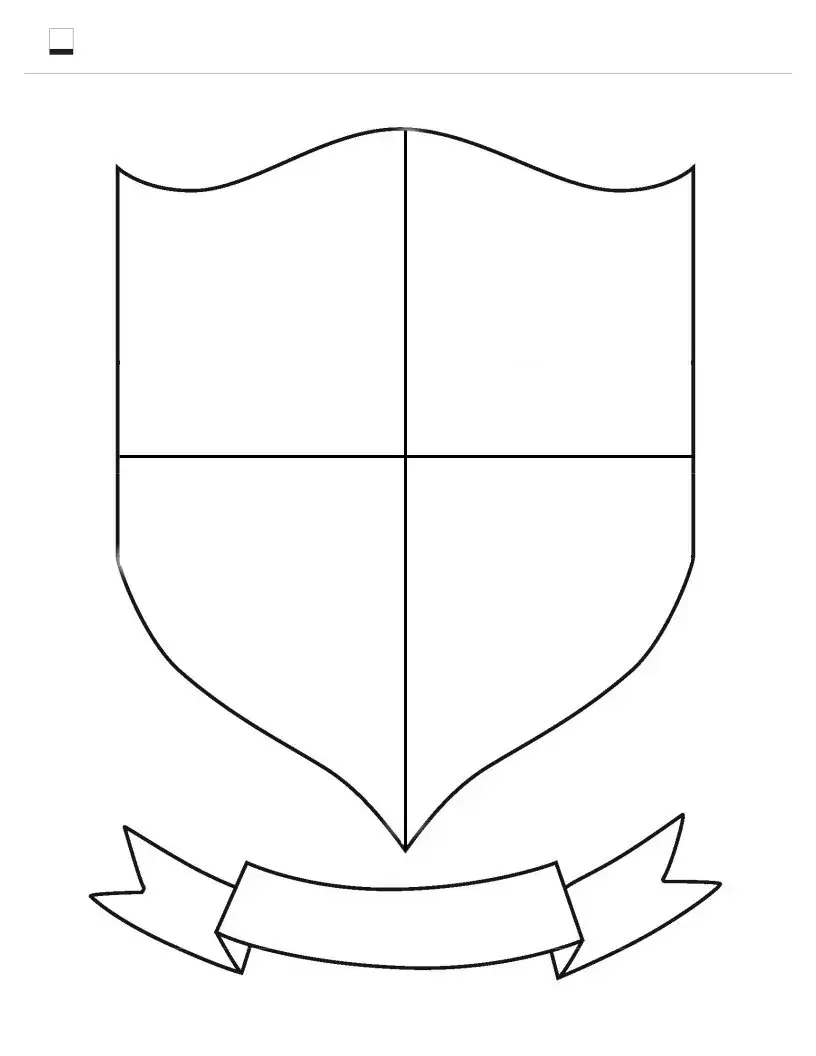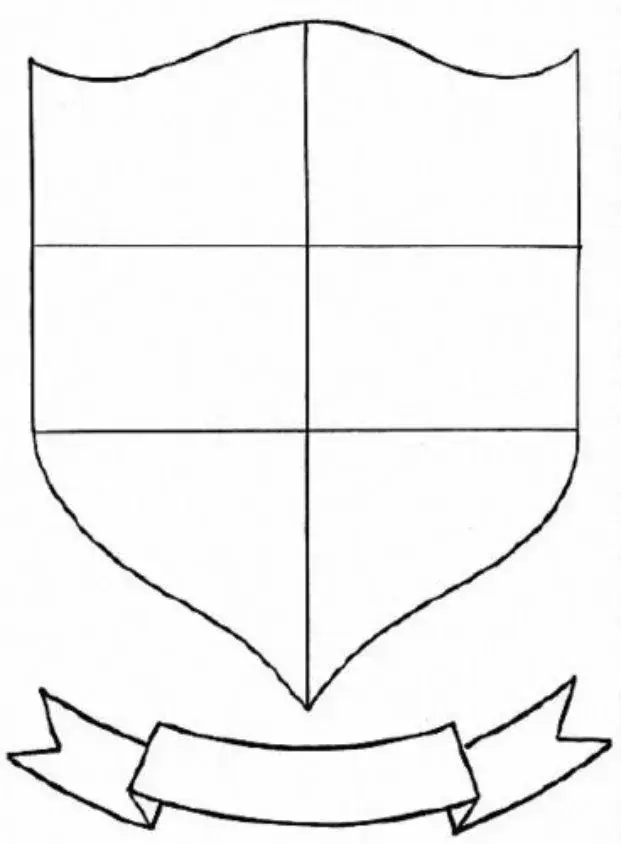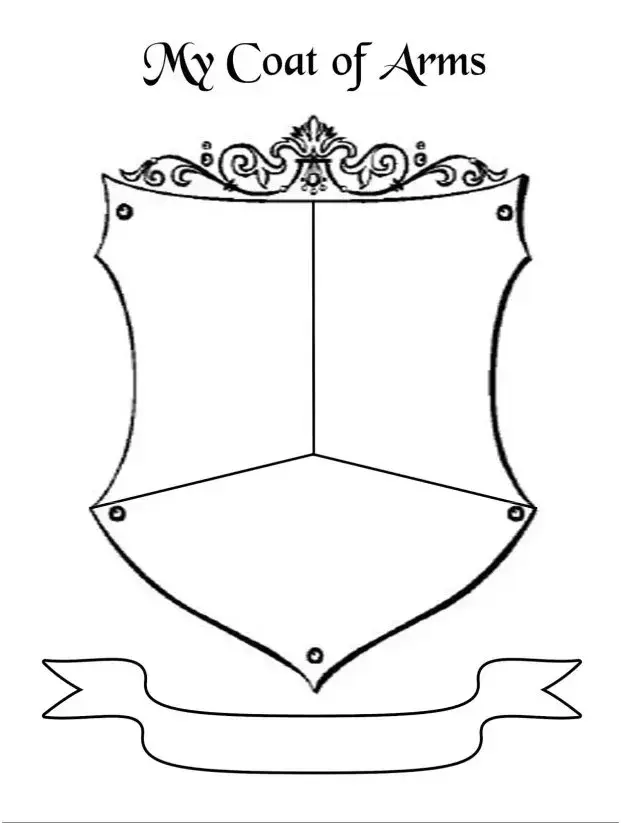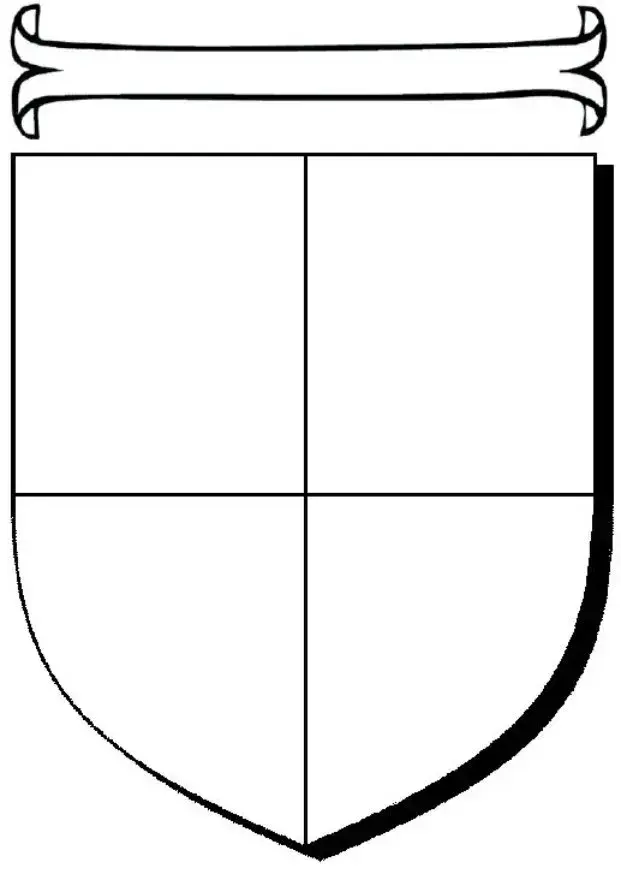What is the purpose of a Coat Of Arms form?
The Coat Of Arms form is designed to formally document the details and design elements of an individual's, family's, or organization's coat of arms. It ensures that the unique symbols, colors, and overall design are officially recognized and recorded. This form plays a crucial role in establishing the identity and heritage of the entity it represents, serving both legal and ceremonial purposes.
Who is eligible to register a Coat Of Arms?
Registration eligibility for a coat of arms typically extends to individuals, families, and organizations that have a claim to a unique design that meets specific heraldic standards. The criteria for eligibility may vary depending on the country or heraldic authority involved. Generally, applicants must demonstrate historical ties to the coat of arms or provide justification for the creation of a new design.
What information is required to fill out a Coat Of Arms form?
Completing a Coat Of Arms form requires detailed information about the design and symbolism of the coat of arms. This includes the blazon (a formal description of the design), the tinctures (colors), and any special elements such as motifs, shields, crests, supporters, and mottos. Applicants must also provide background information on the history or significance of the design, along with personal or organizational details necessary for registration.
Where can one submit the Coat Of Arms form after completion?
After completion, the Coat Of Arms form should be submitted to the relevant heraldic authority or government body responsible for coat of arms registration in your country or region. This might be a national heraldic office, a college of arms, or a similar institution. It’s important to consult with the specific organization for submission guidelines and any additional requirements that may be in place.
Is there a fee associated with registering a Coat Of Arms?
Yes, registering a coat of arms typically involves a fee. The amount can vary significantly depending on the country, the complexity of the design, and the level of research required to ensure the coat of arms is unique and adheres to heraldic standards. Some heraldic authorities may also offer additional services, such as artwork creation or historical research, which can affect the overall cost.





